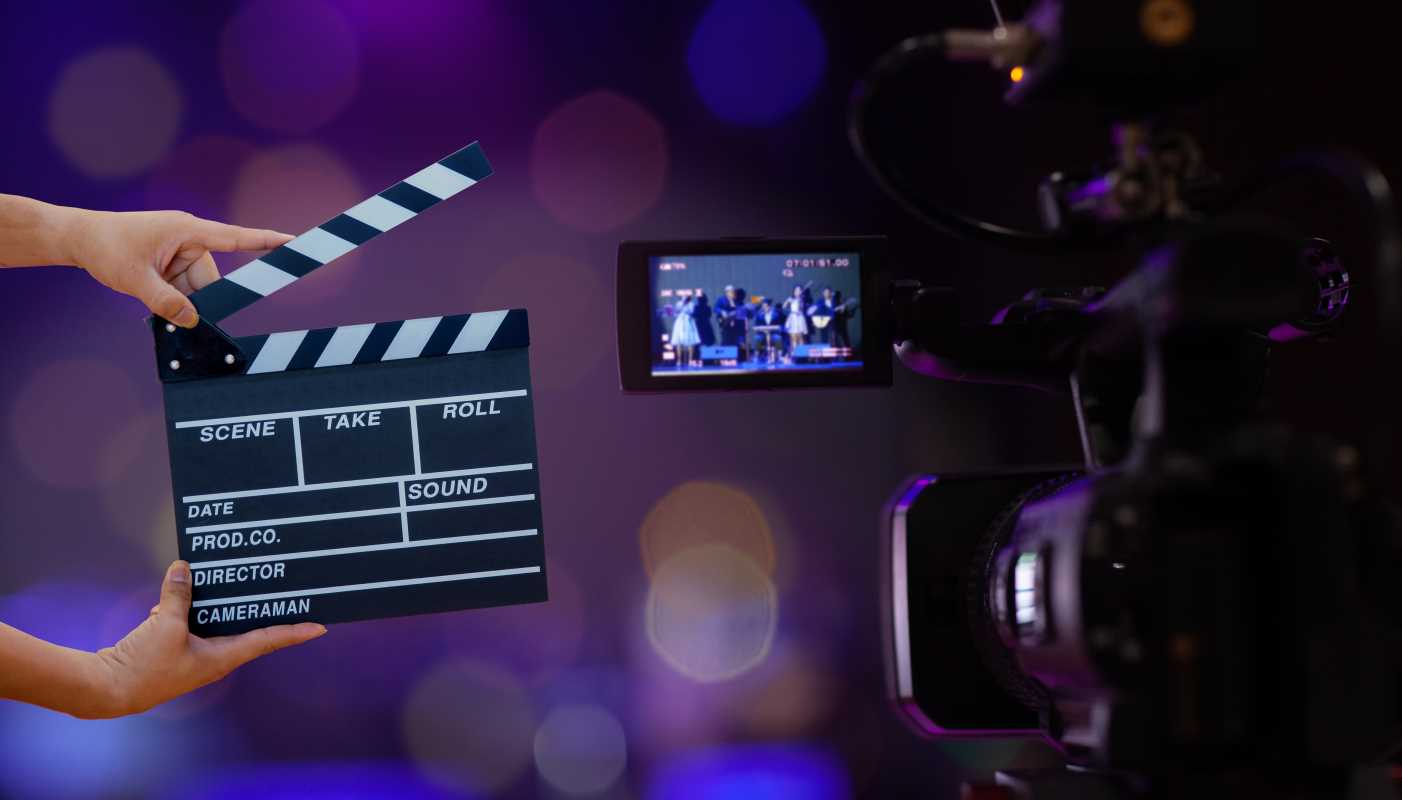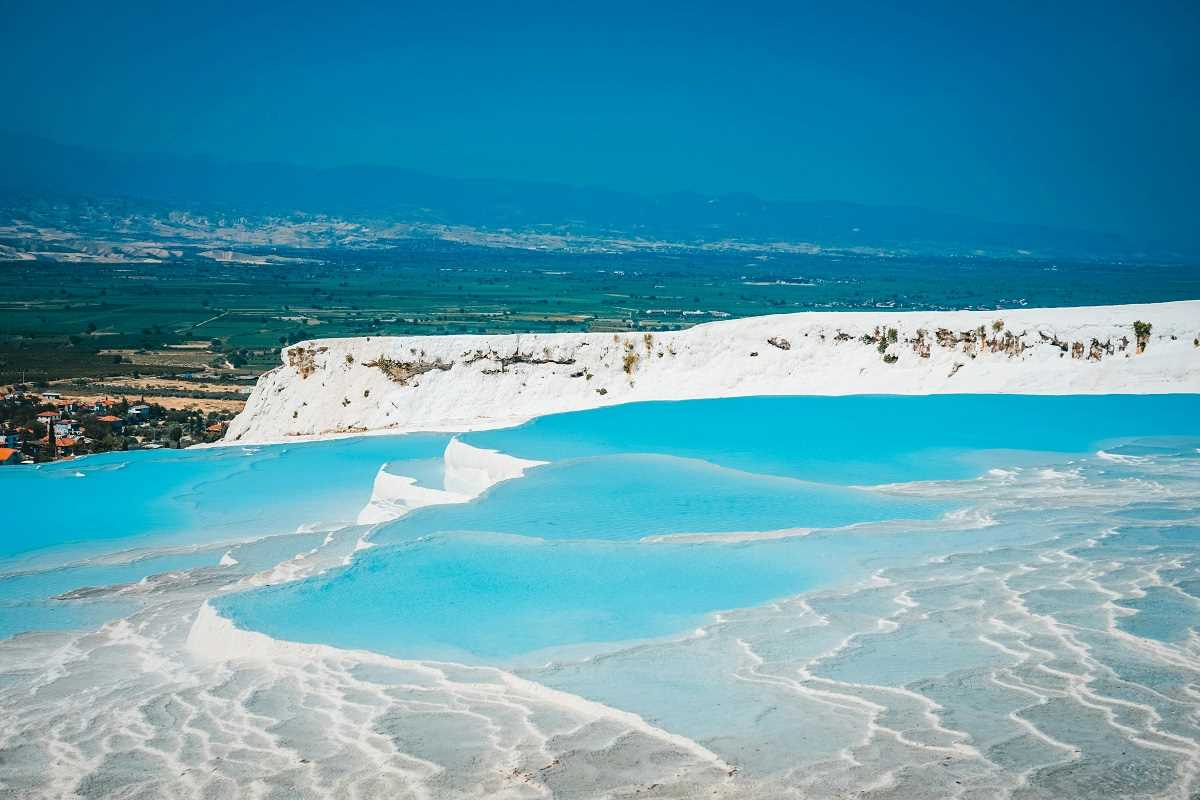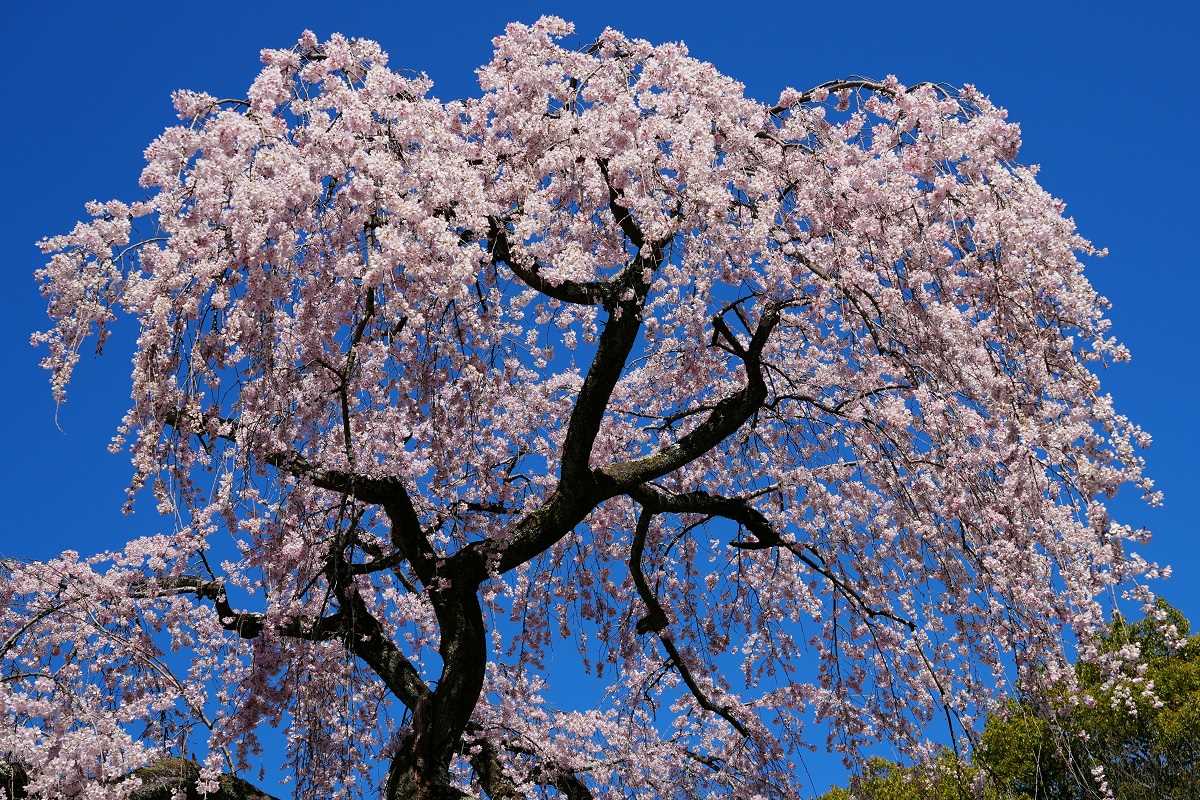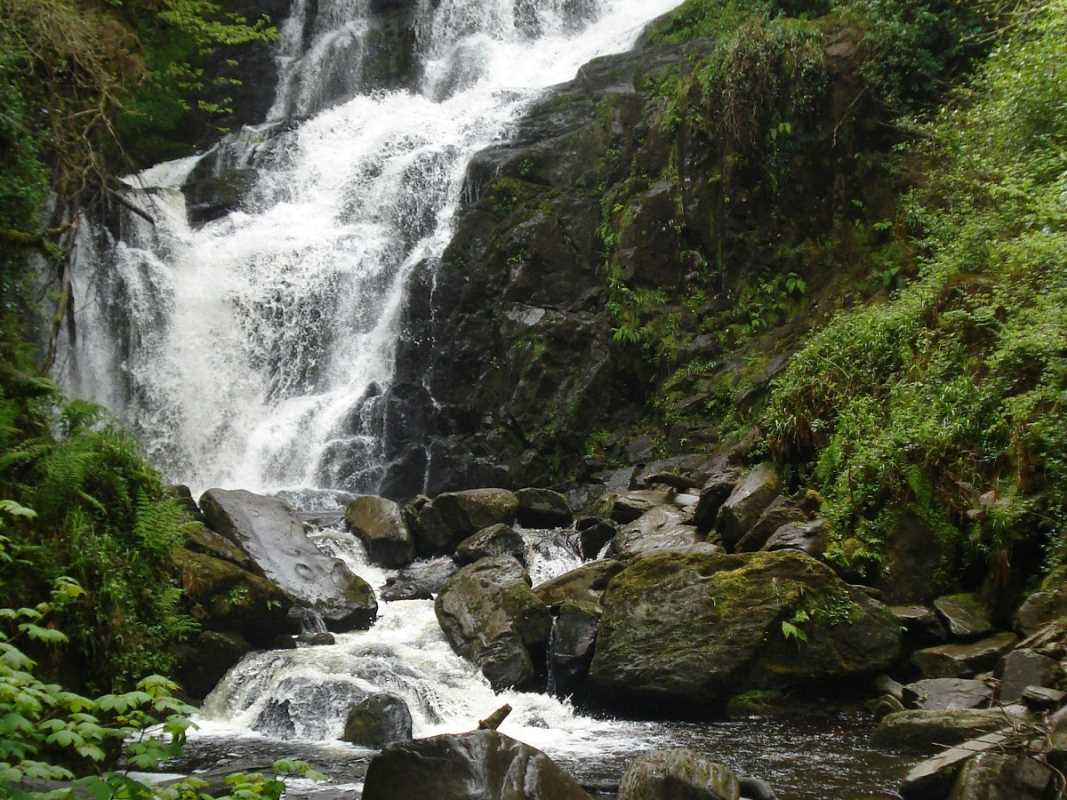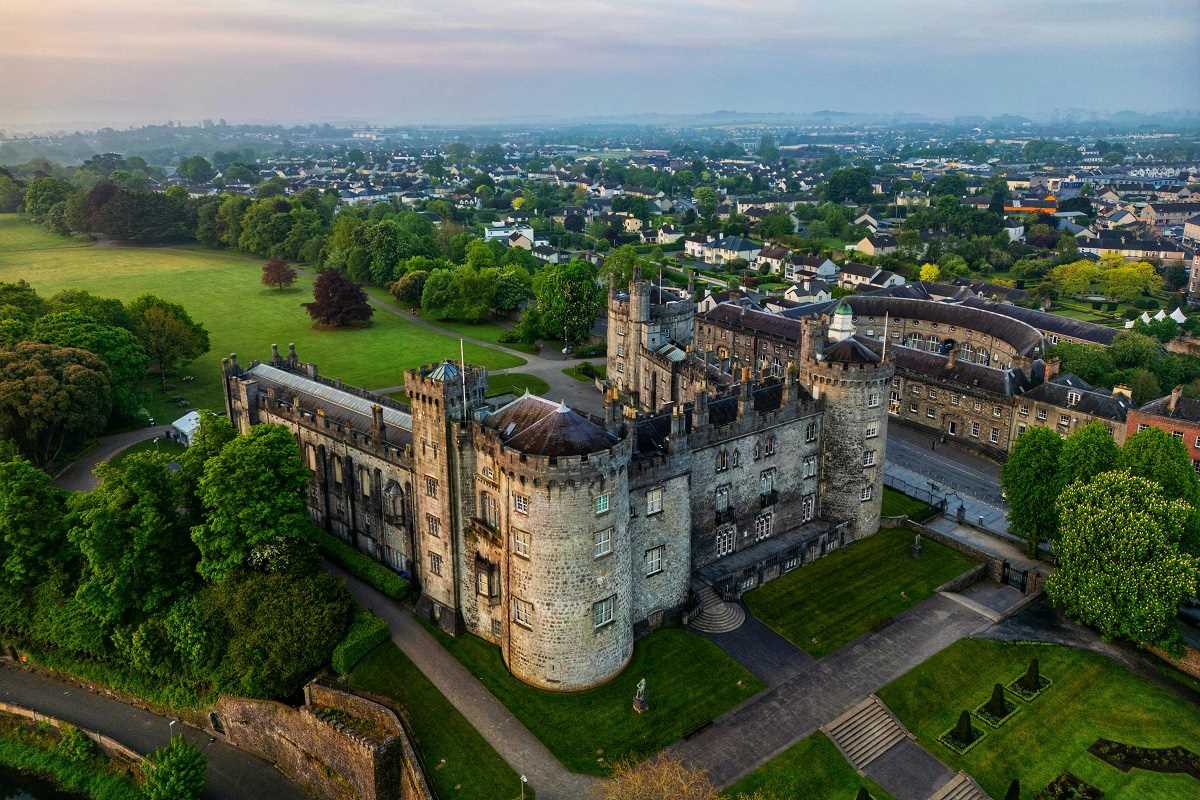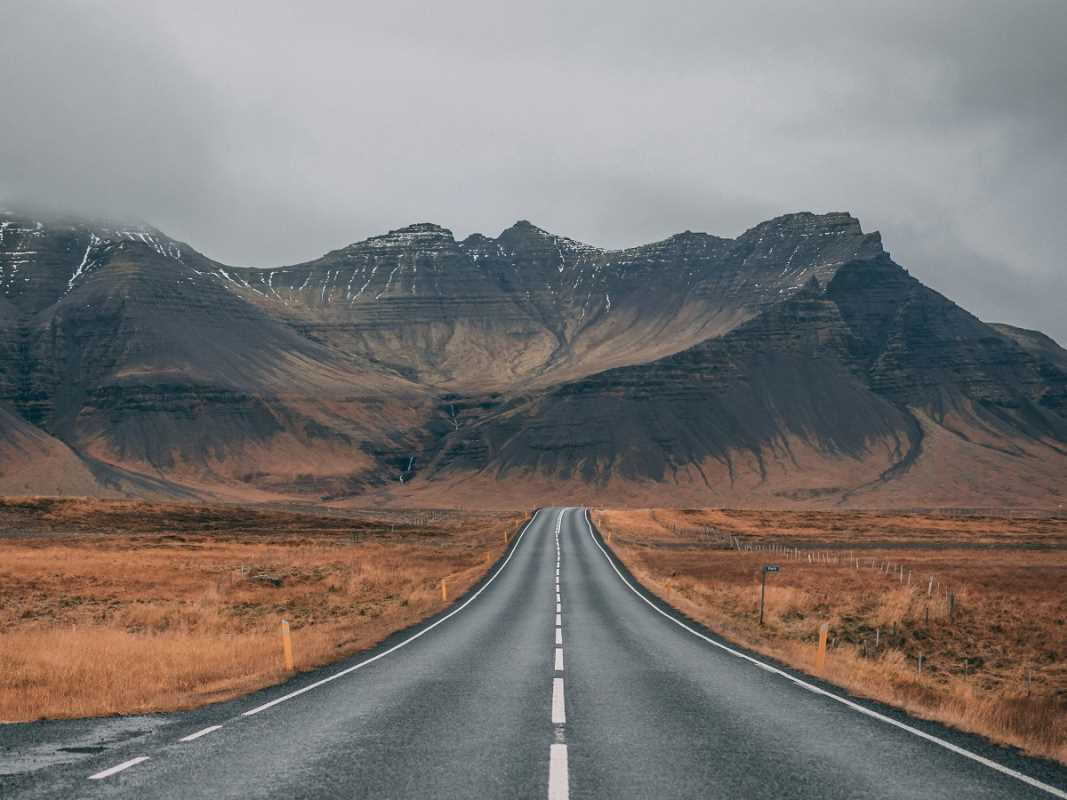Tucked away in the heart of Morocco’s stunning Rif Mountains, Chefchaouen glimmers like a sapphire oasis, its iconic blue-washed streets exuding a storybook charm that feels almost otherworldly. Known as the "Blue Pearl," this enchanting city is a haven for photographers, adventurers, and those seeking a peaceful escape. The vibrant shades of blue that coat its buildings are said to symbolize the sky and heaven, creating a calming, almost spiritual atmosphere. Whether you’re drawn to its unique charm, cultural richness, or the breathtaking backdrop of the surrounding mountains, Chefchaouen offers something for every traveler. From wandering its narrow, winding streets and shopping for handcrafted goods to savoring traditional Moroccan cuisine at a cozy café, this magical city is a must-visit for anyone exploring Morocco. Here's everything you need to know about experiencing the beauty and allure of this captivating destination:
A Little History About Chefchaouen
- Founded in 1471 as a fortress to fend off Portuguese invasions, Chefchaouen has a long and fascinating history.
- The city once served as a refuge for Jewish and Muslim populations fleeing the Spanish Reconquista in the late 15th century.
- Its iconic blue walls are said to have been introduced by the Jewish settlers as a symbol of spirituality and divinity, connecting the city with the heavens. Others believe the blue tone keeps mosquitoes away.
- Over the years, Chefchaouen has transformed from a quiet mountain village to one of Morocco's most photographed destinations.
Why Is It Blue?
- The entire city is painted in every shade of blue you can imagine, offering a visual feast for visitors.
- Locals regularly repaint the walls to maintain the vibrancy, so the city always looks fresh and stunning.
- Walking through its blue alleyways feels like stepping into another world, one where time slows down and peace takes over.
Must-Visit Spots in Chefchaouen
Chefchaouen is relatively small, which makes it easy to explore on foot. Here are some must-see highlights:
- The Medina (Old Town):
- Wander through the web of blue-washed streets that make up the heart of Chefchaouen.
- Enjoy the quaint atmosphere while discovering artisan shops selling colorful rugs, ceramics, and leather goods.
- Don’t forget your camera because every corner is ridiculously photogenic.
- Plaza Uta el-Hammam:
- This bustling square is the perfect place to sit back, sip a mint tea, and people-watch.
- Surrounded by cafes and restaurants, it’s the central hub of the city.
- From here, you can admire the city’s red Kasbah walls that contrast beautifully with Chefchaouen’s blue tones.
- The Kasbah Museum:
- Located in the central square, this historic fortress provides a glimpse into Chefchaouen’s storied past.
- Stroll through its courtyards, climb the tower for city views, and check out the small museum showcasing local art and artifacts.
- Ras El Maa Waterfall:
- Just a short walk from the medina, this natural spring serves as a popular gathering spot for locals and visitors alike.
- Dip your feet in the cool water, enjoy the sound of the rushing stream, and don’t miss the stunning views of the surrounding hills.
- The Spanish Mosque:
- A short hike outside the city takes you to this mosque, perched on a hill overlooking Chefchaouen.
- Come here at sunset for breathtaking panoramic views of the blue city and its mountainous backdrop.
Cultural Experiences
Chefchaouen isn’t just about its charm and beauty; it’s also a place where you can immerse yourself in Moroccan culture:
- Local Handicrafts:
- The medina is full of artisans selling handmade goods, from woven blankets to intricate pottery.
- Chefchaouen is particularly known for its wool products and hand-dyed fabrics.
- Traditional Music:
- Stroll the streets during the evening, and you might hear lively Gnawa music or Andalusian melodies drifting from doorways.
- Check local cafes or squares for impromptu music performances.
- Cooking Classes and Moroccan Cuisine:
- Many guesthouses and local chefs offer cooking classes where you can learn to prepare traditional dishes like tagine or couscous.
- It’s a delicious way to connect with the culture and try your hand at Moroccan cooking.
- Henna Art:
- Women in the medina often offer henna tattooing, creating stunning temporary body art with intricate designs.
What to Eat in Chefchaouen
Moroccan cuisine is a highlight for any visitor, and Chefchaouen has unique regional flavors to explore:
- Tagine:
- Try this slow-cooked dish of meat, vegetables, and spices served in an earthenware pot. Lamb with prunes is a popular choice.
- Couscous:
- A staple in Morocco, Couscous Friday (Joum’a) is a local tradition. Be sure to try it with vegetables and tender stew meat.
- Goat Cheese:
- Chefchaouen is known for its excellent fresh goat cheese, often served with bread or olives.
- Mint Tea:
- No Moroccan experience is complete without sipping on a cup of sweet, aromatic mint tea.
- Pastilla:
- If you’re craving something unique, this savory-sweet pastry stuffed with pigeon or chicken and almonds is a must.
Tips for Travelers
To make the most of your visit to Chefchaouen, here are some handy tips:
- Best Time to Visit:
- The spring (March to May) and autumn (September to November) months offer the most comfortable weather for exploring.
- Summers can get quite hot, but the mountain breeze makes it bearable.
- Getting There:
- Chefchaouen is about two hours from Tangier or four hours from Fes by road. You can take a bus or hire a private taxi.
- The drive through the Rif Mountains is scenic, so sit back and enjoy the views.
- What to Pack:
- Comfortable walking shoes are a must for navigating the steep and sometimes uneven streets of the medina.
- A light jacket or shawl is useful for cooler evenings, especially if you're visiting in spring or autumn.
- Respect the Local Culture:
- Morocco is a predominantly Muslim country, so dress modestly out of respect for local customs.
- When taking photos, ask permission before photographing people, especially women.
- Stay Overnight:
- While Chefchaouen can be visited as a day trip, staying for a couple of nights allows you to experience the magic of the city when the day trippers leave, and it’s quiet and peaceful.
- Currency and Bargaining:
- The local currency is the Moroccan Dirham (MAD), and notes are widely used.
- Bargain respectfully with shopkeepers in the souks, as haggling is part of the culture.
Why You’ll Love Chefchaouen
- The combination of its tranquil atmosphere, aesthetic appeal, and warm hospitality makes Chefchaouen a delight to explore.
- Whether you love photography, history, food, or just wandering through beautiful streets, this city has something for everyone.
- It’s a destination that invites you to slow down, soak in the surroundings, and create lasting memories beyond the usual Moroccan hotspots.
Chefchaouen, with its iconic blue walls and laid-back vibe, is a place like no other. Start planning your trip to Morocco’s Blue City today, and prepare to fall in love with its unique charm.
 (Image via
(Image via